#Papillion Creek Reservoir D-38
Photo










Nebraska became the 37th U.S. state on 1 March, 1867.
#Nebraska#37th US state#anniversary#US history#Omaha#Gothenburg#Ogallala#Chadron#Pony Express Station#cityscape#travel#summer 2019#landscape#original photography#Zorinsky Lake Park#Papillion Creek Reservoir D-38#Sam Macchette Station#Ehmen Park#Mansion on the Hill#water tower#aliens#Midwestern USA#1 March 1867
3 notes
·
View notes
Photo
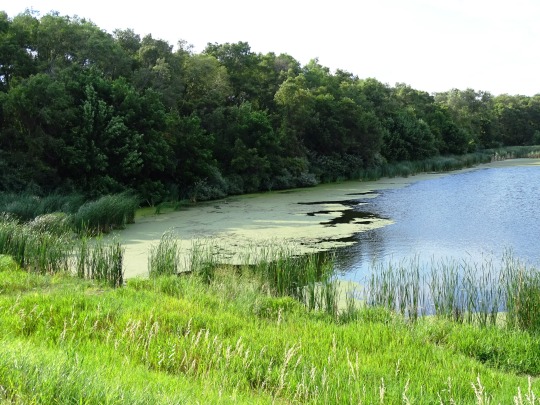
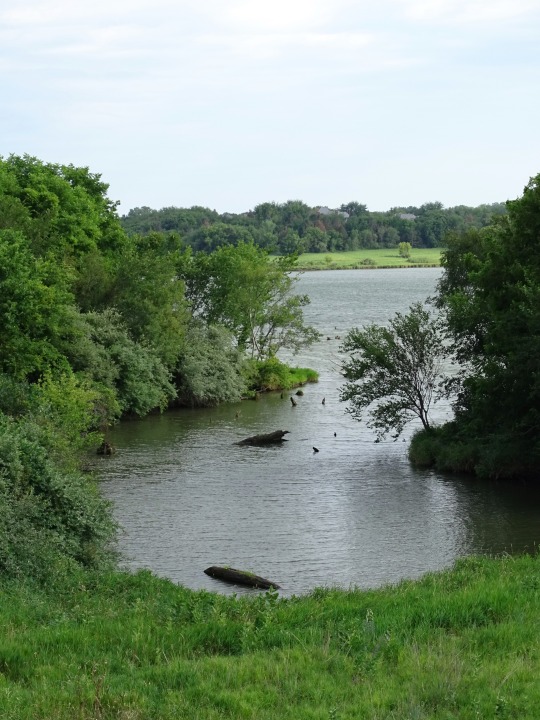

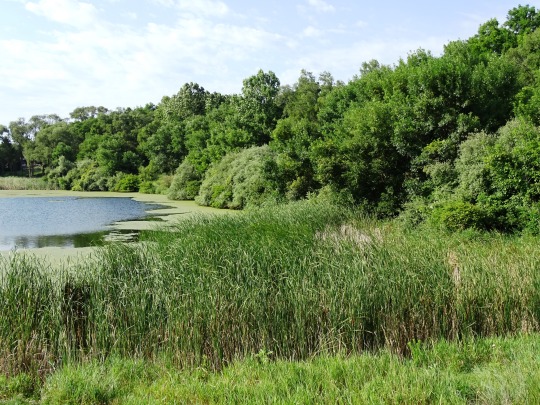
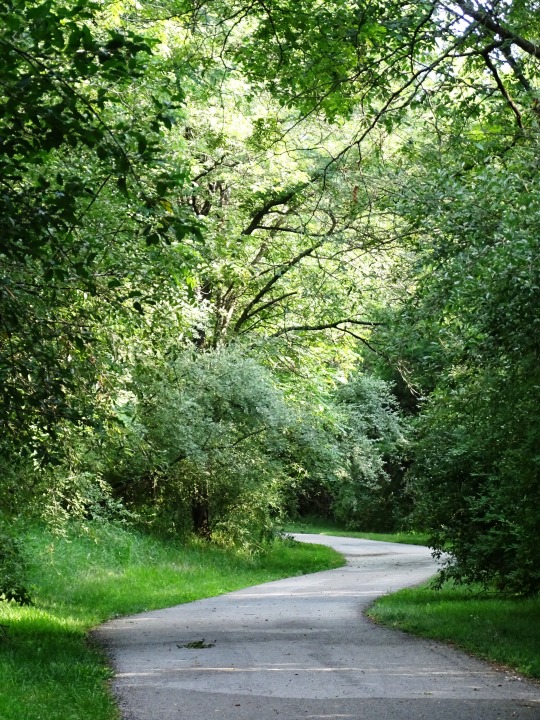
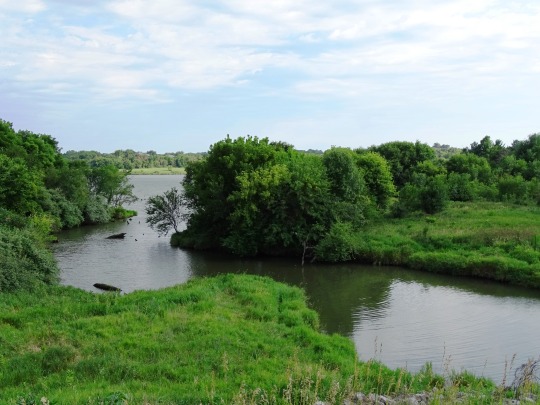
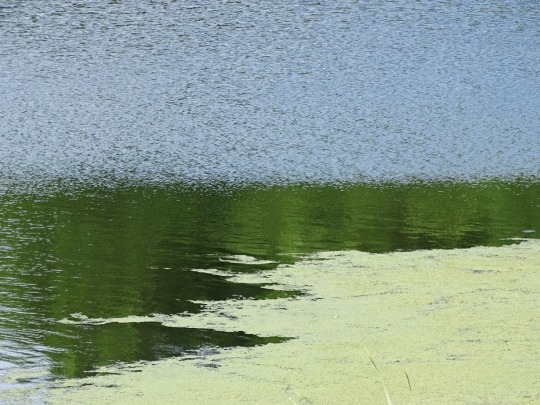
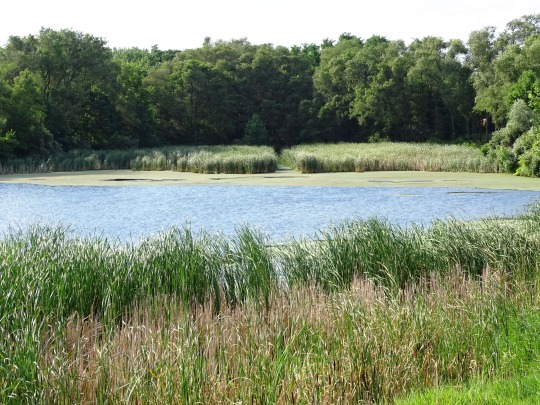


Zorinsky Lake Park, Omaha (No. 4)
Omaha is home to dozens of nationally, regionally and locally significant landmarks. The city has more than a dozen historic districts, including Fort Omaha Historic District, Gold Coast Historic District, Omaha Quartermaster Depot Historic District, Field Club Historic District, Bemis Park Historic District, and the South Omaha Main Street Historic District. Omaha is notorious for its 1989 demolition of 24 buildings in the Jobbers Canyon Historic District, which represents to date the largest loss of buildings on the National Register. The only original building surviving of that complex is the Nash Block.
Omaha has almost one hundred individual properties listed on the National Register of Historic Places, including the Bank of Florence, Holy Family Church, the Christian Specht Building and the Joslyn Castle. There are also three properties designated as National Historic Landmarks.
Locally designated landmarks, including residential, commercial, religious, educational, agricultural and socially significant locations across the city, honor Omaha's cultural legacy and important history. The City of Omaha Landmarks Heritage Preservation Commission is the government body that works with the mayor of Omaha and the Omaha City Council to protect historic places. Important history organizations in the community include the Douglas County Historical Society.
Source: Wikipedia
#Zorinsky Lake Park#Omaha#Nebraska#USA#summer 2019#evening walk#nature#landscape#water#forest#tree#grass#flora#original photography#Midwestern USA#Papillion Creek Reservoir D-38#cityscape#landmark#ripples#Zorinsky Lake Park and Recreation Area#reed#Zorinsky Lake Trail#green#pinales#blue
2 notes
·
View notes
Photo










Zorinsky Lake Park, Omaha (No. 6)
Nebraska's name is the result of anglicization of the archaic Otoe words Ñí Brásge, pronounced [ɲĩbɾasꜜkɛ] (contemporary Otoe Ñí Bráhge), or the Omaha Ní Btháska, pronounced [nĩbɫᶞasꜜka], meaning "flat water", after the Platte River that flows through the state.
The state is bordered by South Dakota to the north; Iowa to the east and Missouri to the southeast, across the Missouri River; Kansas to the south; Colorado to the southwest; and Wyoming to the west. The state has 93 counties and is split between two time zones, with the state's eastern half observing Central Time and the western half observing Mountain Time. Three rivers cross the state from west to east. The Platte River, formed by the confluence of the North Platte and the South Platte, runs through the state's central portion, the Niobrara River flows through the northern part, and the Republican River runs across the southern part.
Nebraska is composed of two major land regions: the Dissected Till Plains and the Great Plains. The easternmost portion of the state was scoured by Ice Age glaciers; the Dissected Till Plains were left after the glaciers retreated. The Dissected Till Plains is a region of gently rolling hills; Omaha and Lincoln are in this region. The Great Plains occupy most of western Nebraska, with the region consisting of several smaller, diverse land regions, including the Sandhills, the Pine Ridge, the Rainwater Basin, the High Plains and the Wildcat Hills. Panorama Point, at 5,424 feet (1,653 m), is Nebraska's highest point; though despite its name and elevation, it is a relatively low rise near the Colorado and Wyoming borders. A past tourism slogan for the state of Nebraska was "Where the West Begins" (it has since been changed to "Honestly, it's not for everyone"). Locations given for the beginning of the "West" in Nebraska include the Missouri River, the intersection of 13th and O Streets in Lincoln (where it is marked by a red brick star), the 100th meridian, and Chimney Rock.
Source: Wikipedia
#Zorinsky Lake Park#Omaha#Nebraska#Midwestern USA#USA#travel#nature#cityscape#landscape#flora#original photography#summer 2019#vacation#Zorinsky Lake Park and Recreation Area#Zorinsky Lake Trail#bench#fence#Papillion Creek Reservoir D-38#grass#tree#woods#water#reflection#evening light#evening walk#blue sky
1 note
·
View note
Photo










International Earth Day (No. 4)
Earth Day was founded in 1970 as a day of education about environmental issues, and Earth Day 20 occurs on Wednesday, April 22—the holiday's 50th anniversary. The holiday is now a global celebration that’s sometimes extended into Earth Week, a full seven days of events focused on green living. The brainchild of Senator Gaylord Nelson and inspired by the protests of the 1960s, Earth Day began as a “national teach-in on the environment” and was held on April 22 to maximize the number of students that could be reached on university campuses. By raising public awareness of pollution, Nelson hoped to bring environmental causes into the national spotlight.
Earth Day History
By the early 1960s, Americans were becoming aware of the effects of pollution on the environment. Rachel Carson’s 1962 bestseller Silent Spring raised the specter of the dangerous effects of pesticides on the American countryside. Later in the decade, a 1969 fire on Cleveland’s Cuyahoga River shed light on the problem of chemical waste disposal. Until that time, protecting the planet’s natural resources was not part of the national political agenda, and the number of activists devoted to large-scale issues such as industrial pollution was minimal. Factories pumped pollutants into the air, lakes and rivers with few legal consequences. Big, gas-guzzling cars were considered a sign of prosperity. Only a small portion of the American population was familiar with–let alone practiced–recycling.
Who Started Earth Day?
Elected to the U.S. Senate in 1962, Senator Gaylord Nelson, a Democrat from Wisconsin, was determined to convince the federal government that the planet was at risk. In 1969, Nelson, considered one of the leaders of the modern environmental movement, developed the idea for Earth Day after being inspired by the anti-Vietnam War “teach-ins” that were taking place on college campuses around the United States. According to Nelson, he envisioned a large-scale, grassroots environmental demonstration “to shake up the political establishment and force this issue onto the national agenda.”
Nelson announced the Earth Day concept at a conference in Seattle in the fall of 1969 and invited the entire nation to get involved. He later recalled:
“The wire services carried the story from coast to coast. The response was electric. It took off like gangbusters. Telegrams, letters and telephone inquiries poured in from all across the country. The American people finally had a forum to express its concern about what was happening to the land, rivers, lakes and air—and they did so with spectacular exuberance.”
Denis Hayes, a young activist who had served as student president at Stanford University, was selected as Earth Day’s national coordinator, and he worked with an army of student volunteers and several staff members from Nelson’s Senate office to organize the project. According to Nelson, “Earth Day worked because of the spontaneous response at the grassroots level. We had neither the time nor resources to organize 20 million demonstrators and the thousands of schools and local communities that participated. That was the remarkable thing about Earth Day. It organized itself.”
Source
#International Earth Day#InternationalEarthDay#landscape#countryside#USA#travel#sunset#original photography#summer 2019#Midwestern USA#Chadron#Ogallala#Nebraska#Papillion Creek Reservoir D-38#Omaha#Zorinsky Lake Park#Big Lake Park#Lewis and Clark Park#Iowa#Council Bluffs#Iowa Wetlands#Eagle Point Park#Mississippi River#Clinton#Rock River#Rock Springs#Illinois
0 notes